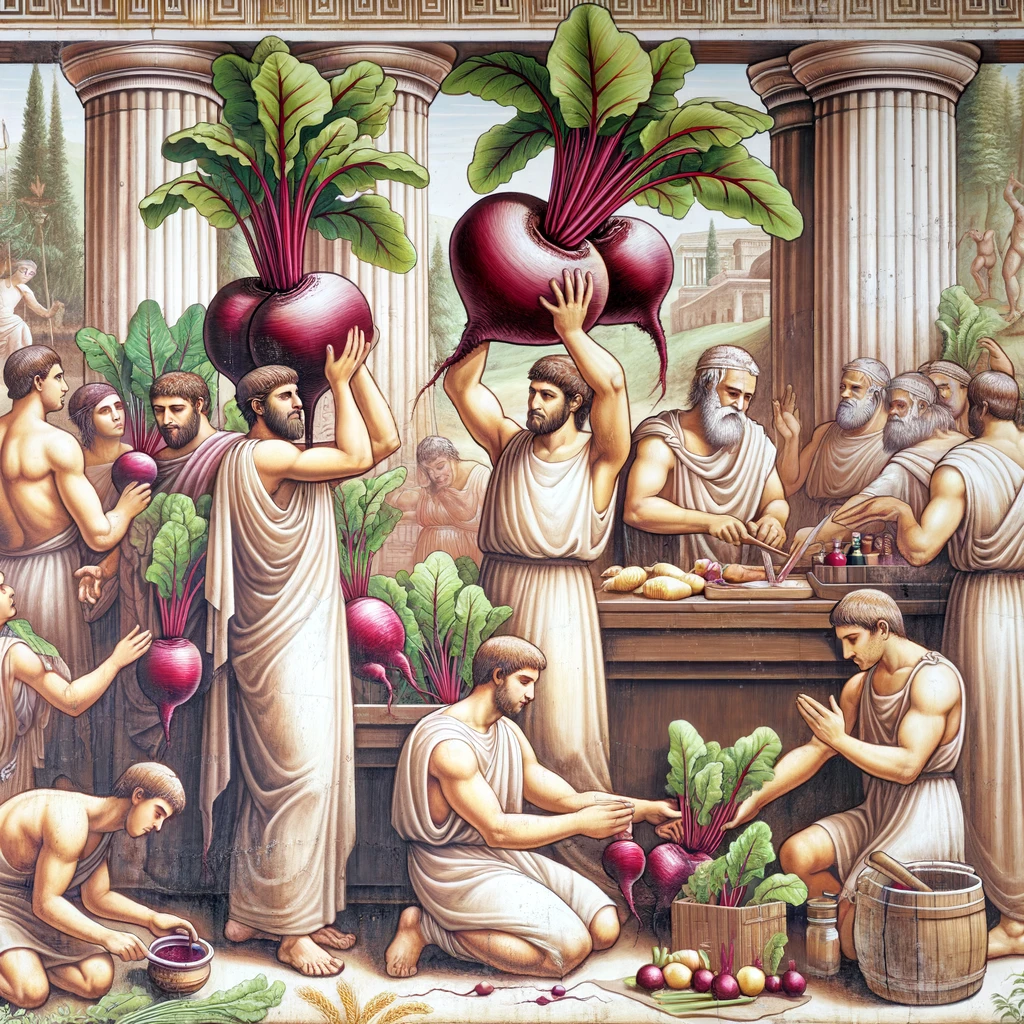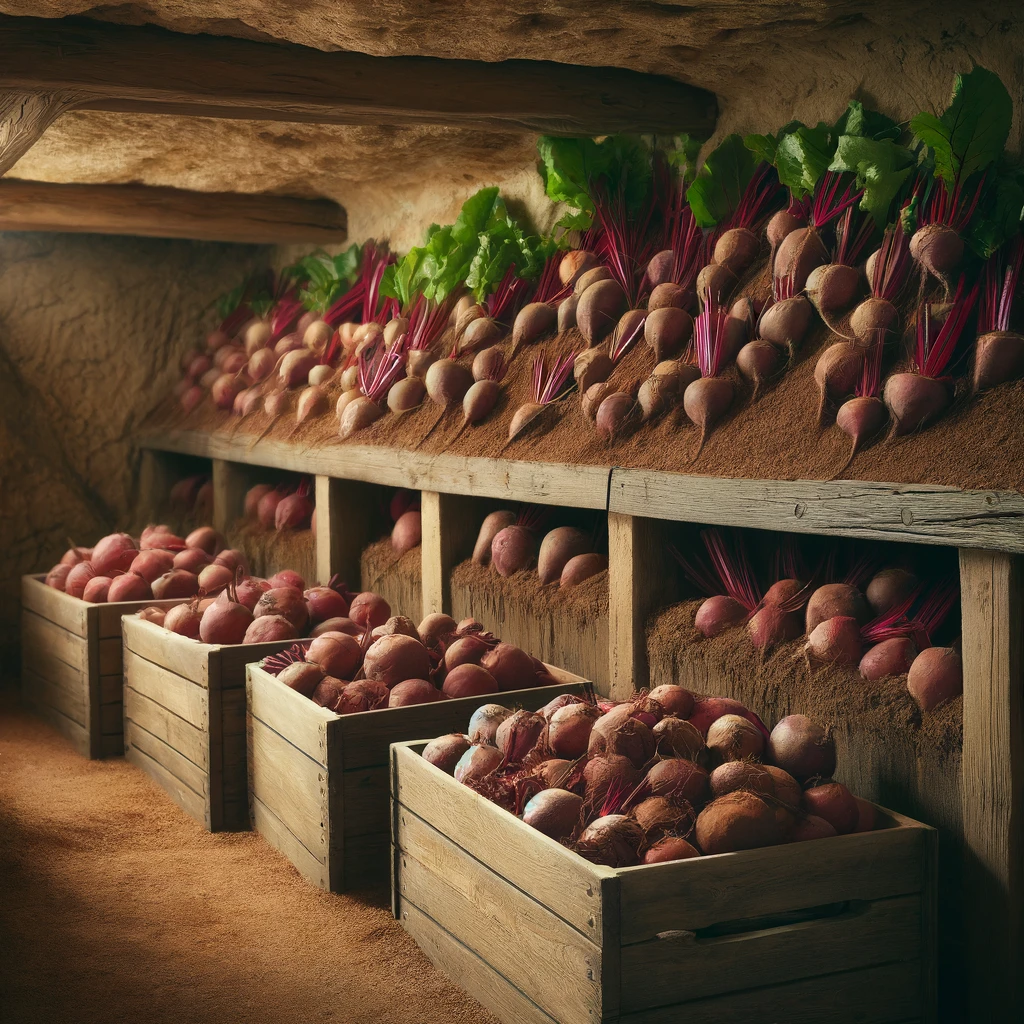What Makes Beet Hummus Special?
Beets are not just for salads anymore. When blended into hummus, they offer an exceptional nutritional profile, including fiber, vitamins (like folate), and minerals (like manganese). Their natural sweetness provides a delightful contrast to the creamy savoriness of chickpeas. Moreover, the vibrant red color of beets can make any dish pop visually, making it a feast for the eyes as well.
Ingredients:
- 2 medium-sized beets, roasted and peeled
- 1 can (15 oz) of chickpeas, drained and rinsed
- 2 cloves garlic, minced
- 2 tablespoons tahini
- Juice of 1 lemon
- 2 tablespoons olive oil
- Salt and pepper, to taste
- Optional: 1/2 teaspoon ground cumin
- Optional garnishes: sesame seeds, chopped parsley, extra olive oil
Instructions:
- Roast the Beets: Begin by preheating your oven to 400°F (200°C). Trim the beets, wrap them in aluminum foil, and place them on a baking sheet. Roast them until tender, about 45-60 minutes. Allow them to cool, then peel and chop into smaller pieces.
- Blend the Ingredients: In a food processor, combine the roasted beets, chickpeas, minced garlic, tahini, and lemon juice. Blend until smooth. To achieve a creamy texture, gradually add the olive oil while the processor is running. Season with salt, pepper, and cumin if desired.
- Adjust Consistency and Flavor: If the hummus is too thick, add a little water or additional olive oil to thin it out. Taste and adjust the seasoning, perhaps adding more lemon for brightness or garlic for a punch.
- Presentation: Spoon the hummus into a serving bowl. Drizzle with olive oil and garnish with sesame seeds and chopped parsley to enhance its visual appeal and flavor.
- Serving Suggestions: Beet hummus can be served with pita chips, fresh vegetable sticks, or as a colorful spread on wraps and sandwiches. Its unique flavor complements a variety of dishes.
Health Benefits
Beyond its stunning color and delicious taste, beet hummus is also beneficial for your health. Beets are known for their ability to help lower blood pressure, boost stamina, and support liver detoxification. Chickpeas, the base for hummus, are a great source of protein and fiber, which can aid in digestion and promote satiety.
Whether you’re hosting a party, looking for a healthy snack, or simply want to add some color to your meals, beet hummus is an excellent choice. It’s not only easy to make but also a delightful way to enjoy the benefits of beets and chickpeas together. So next time you’re in the mood for something different, whip up a batch of this gorgeous, healthy dip—your taste buds and your body will thank you!


